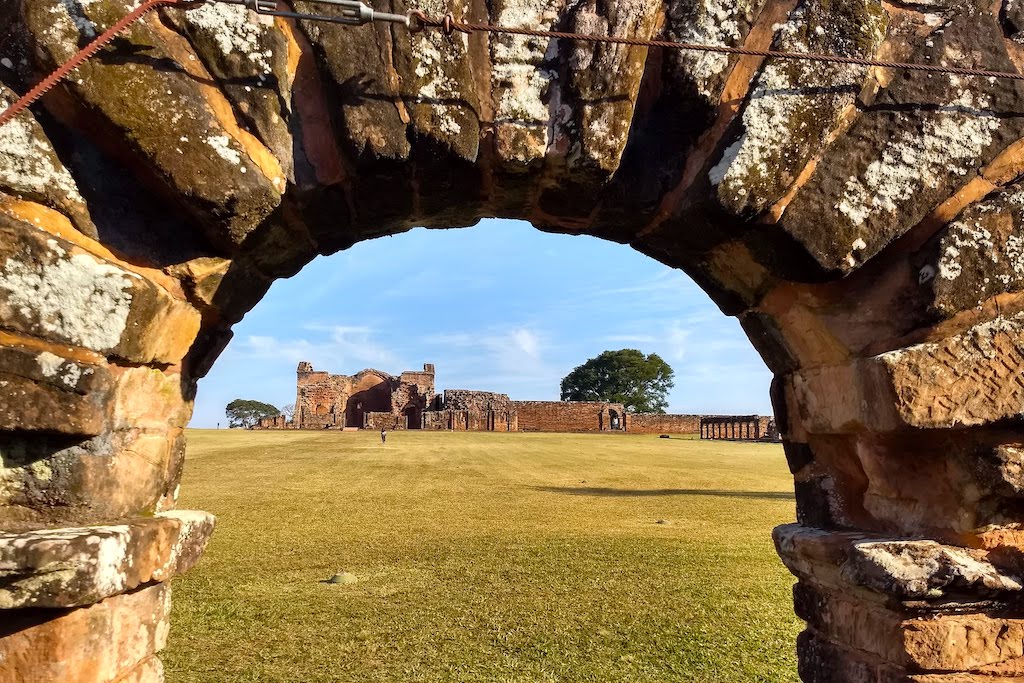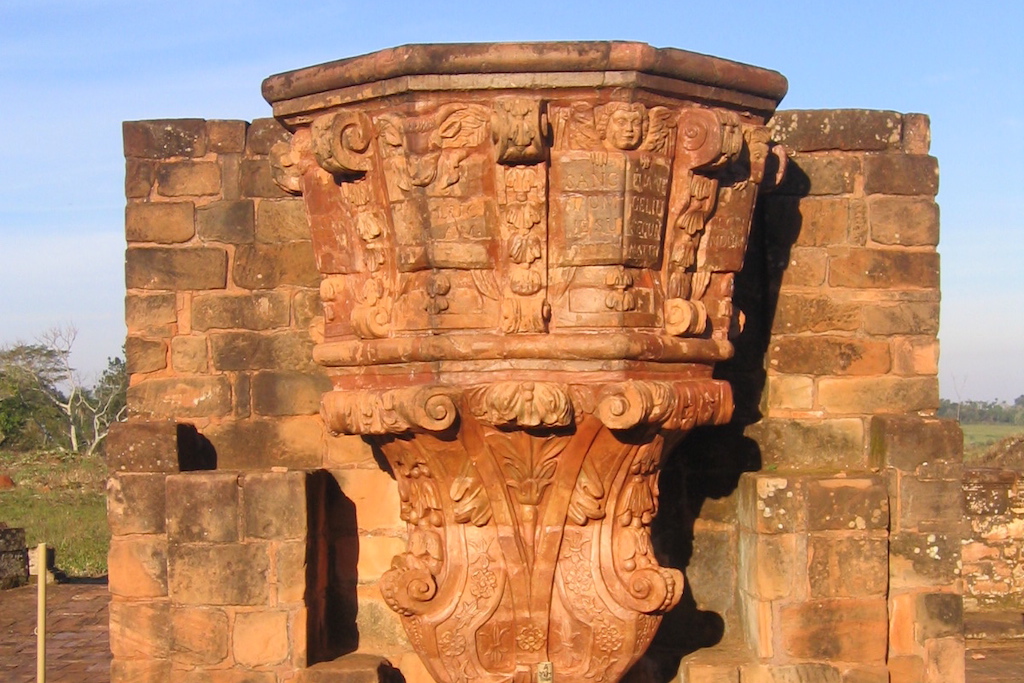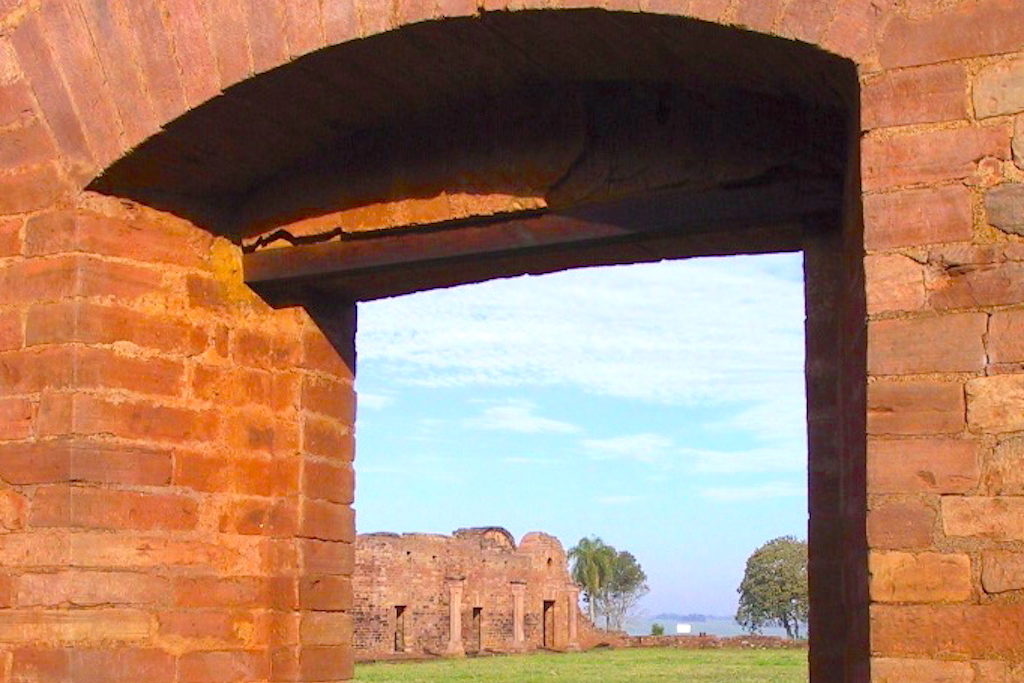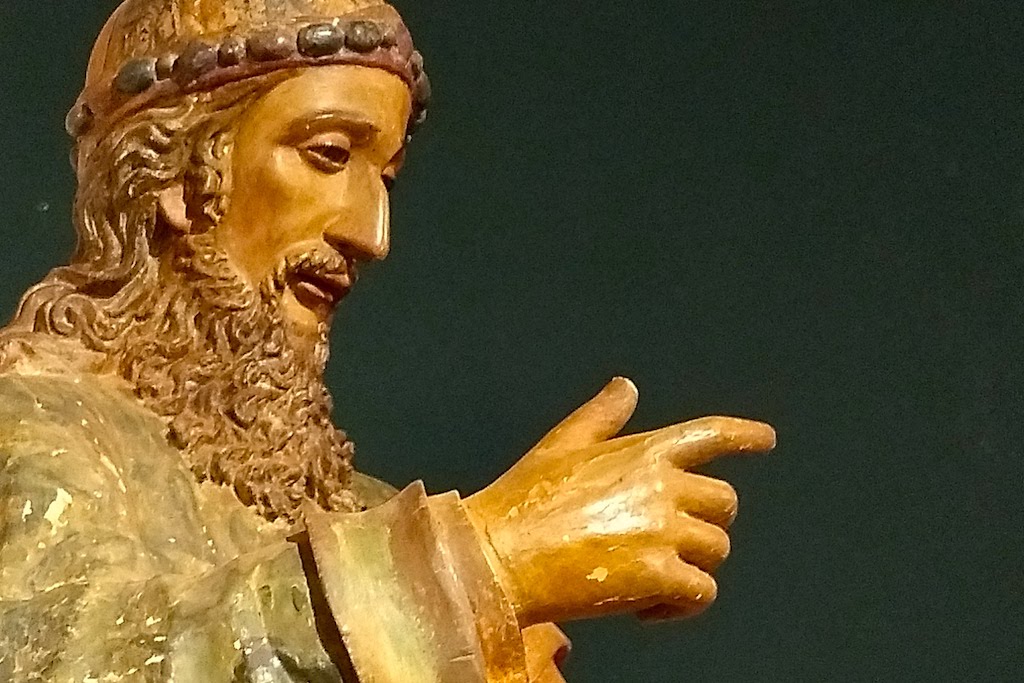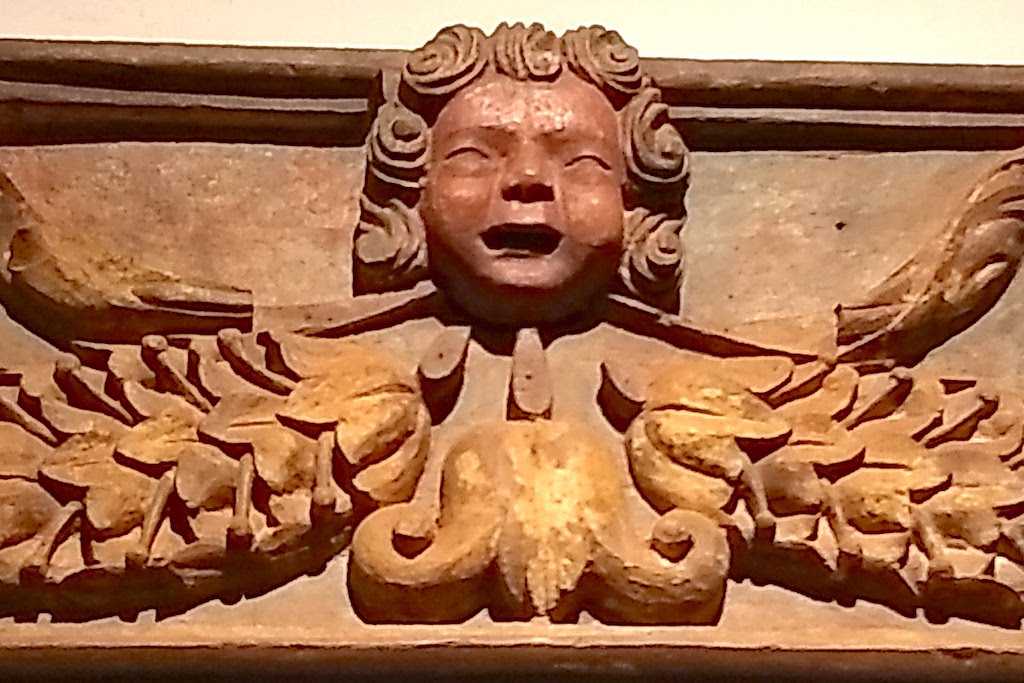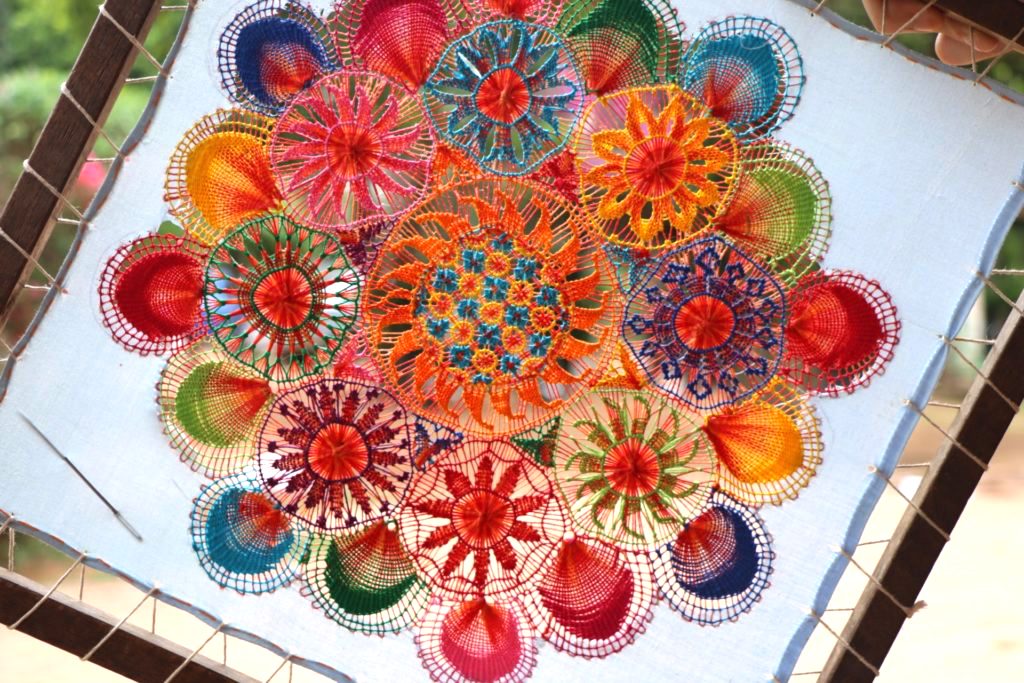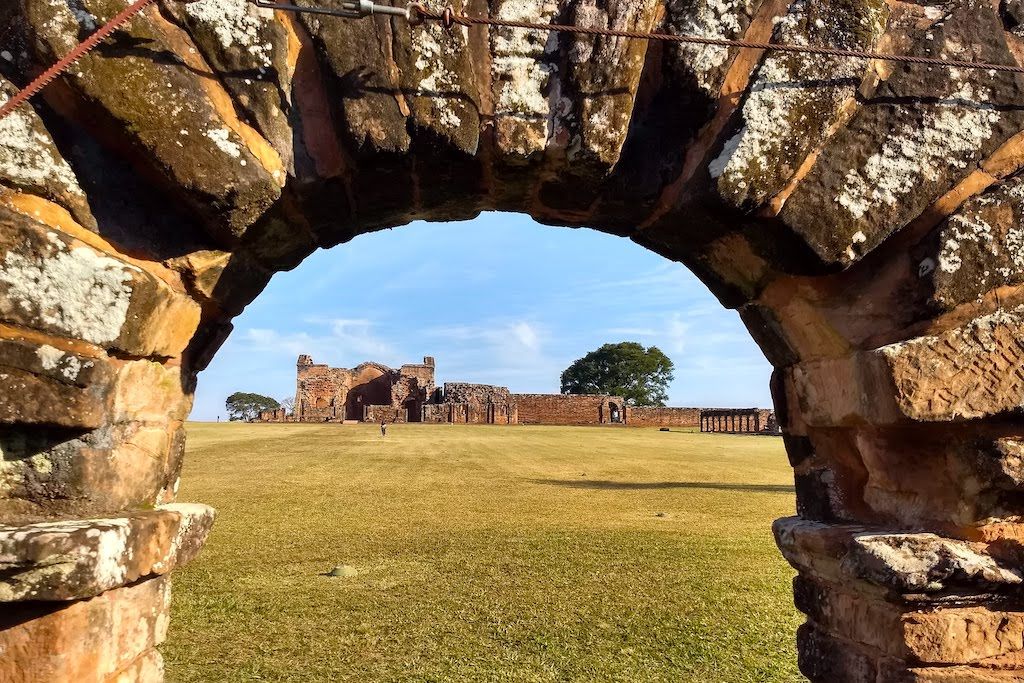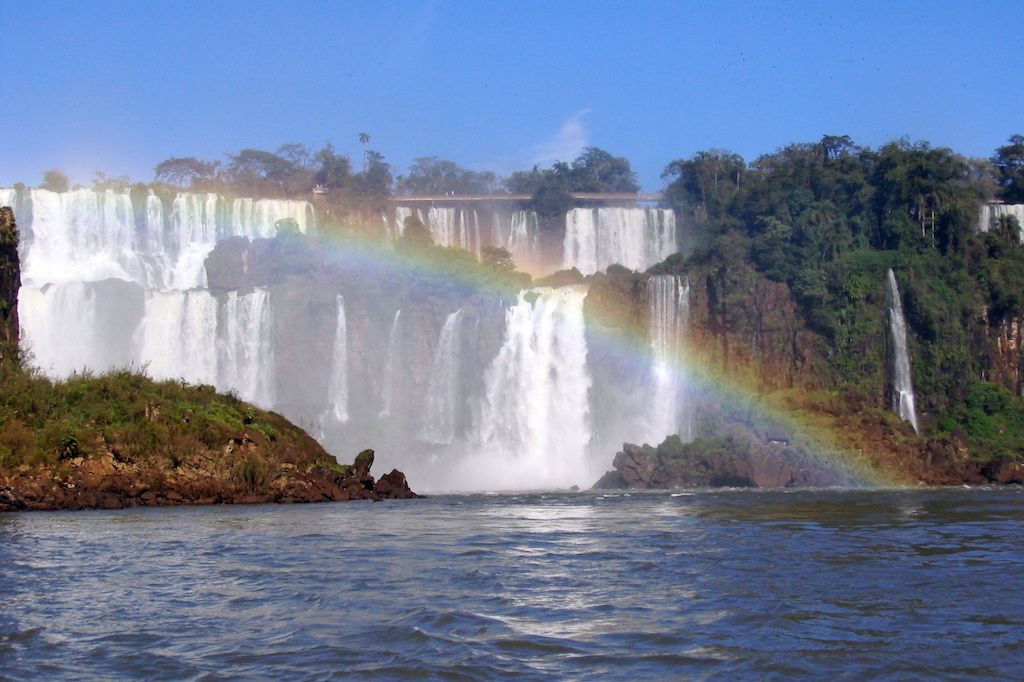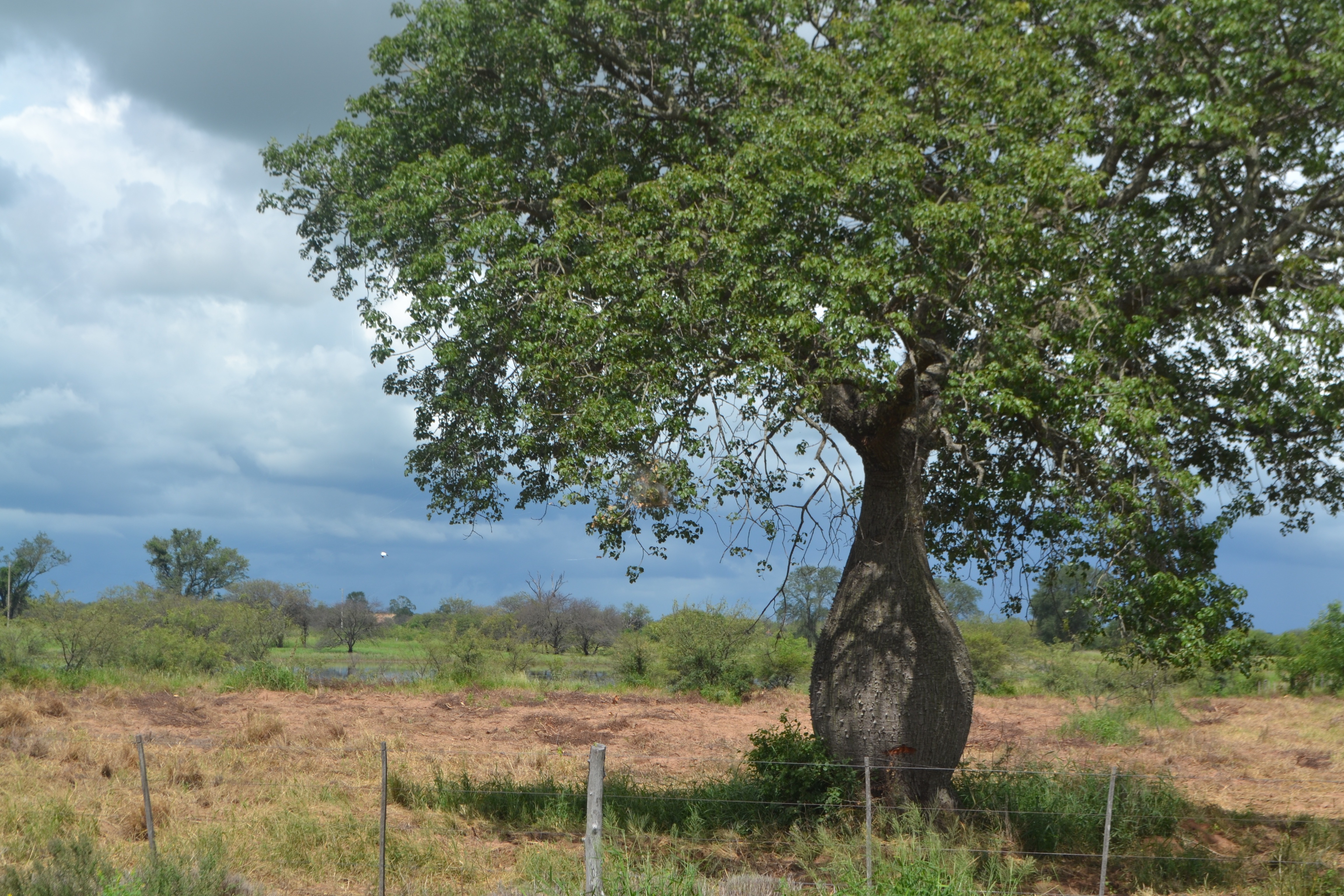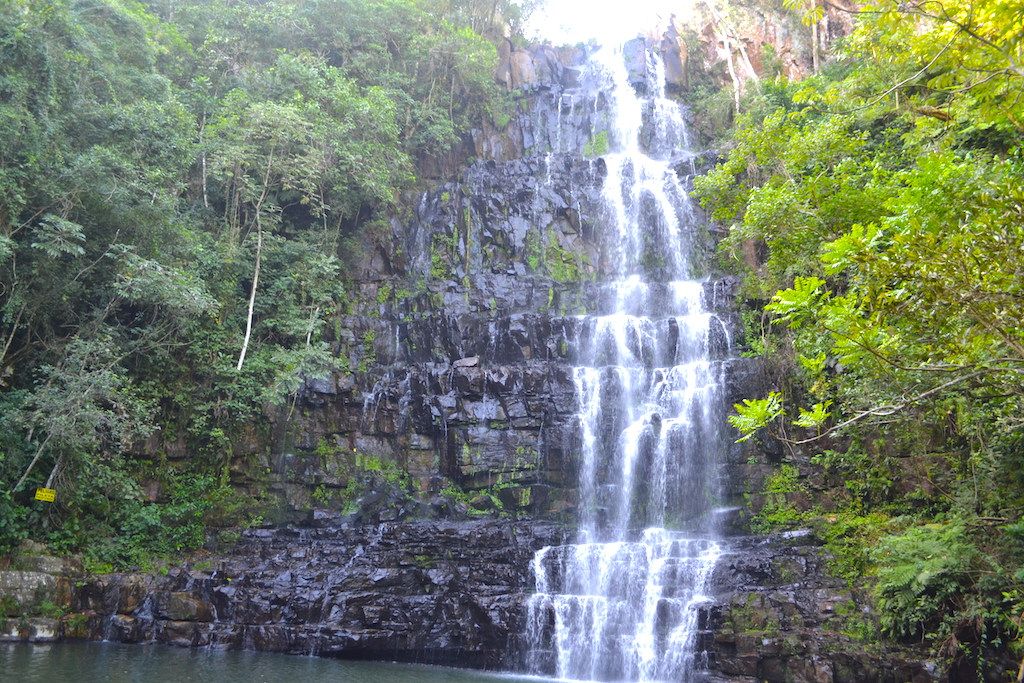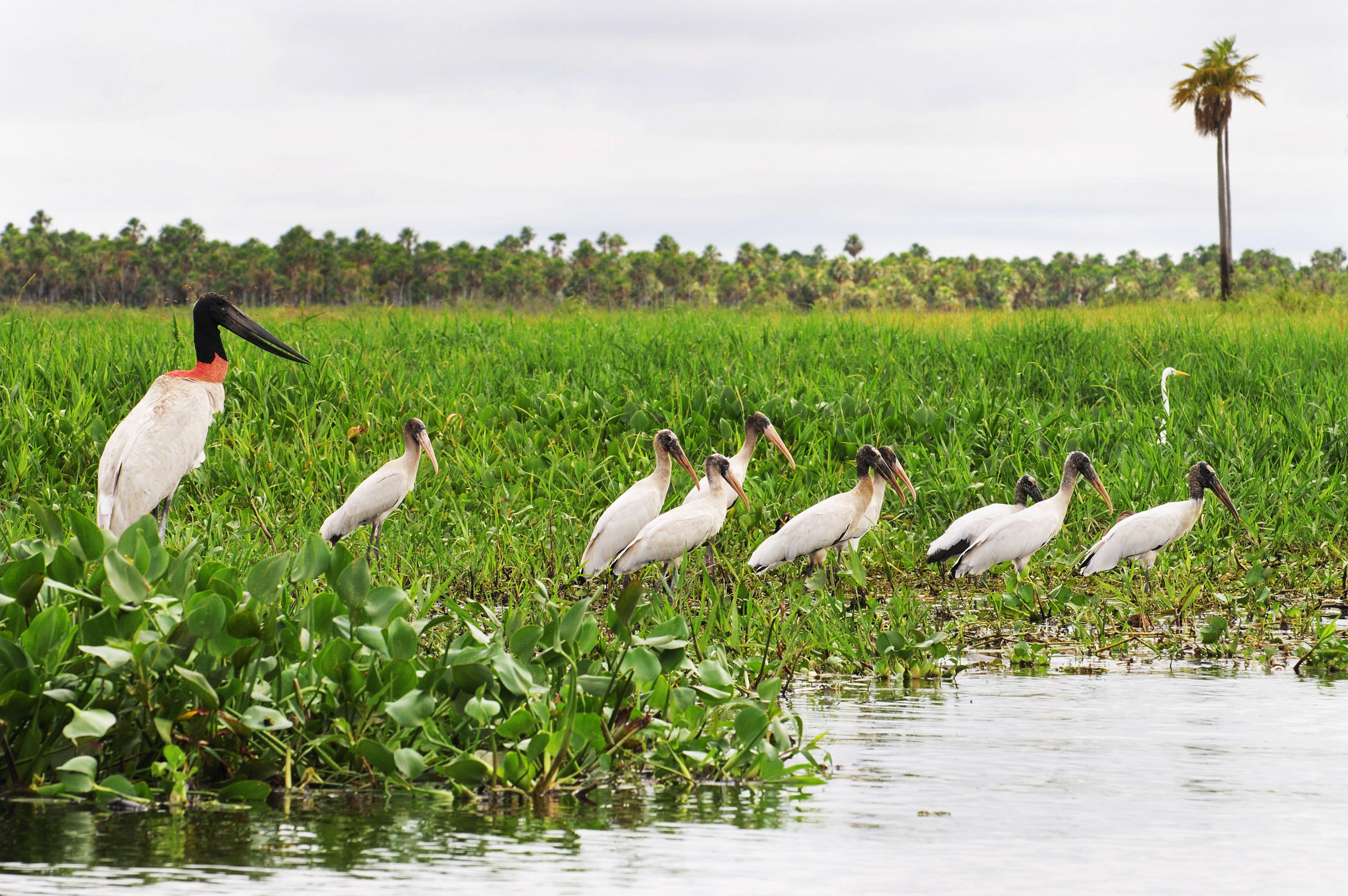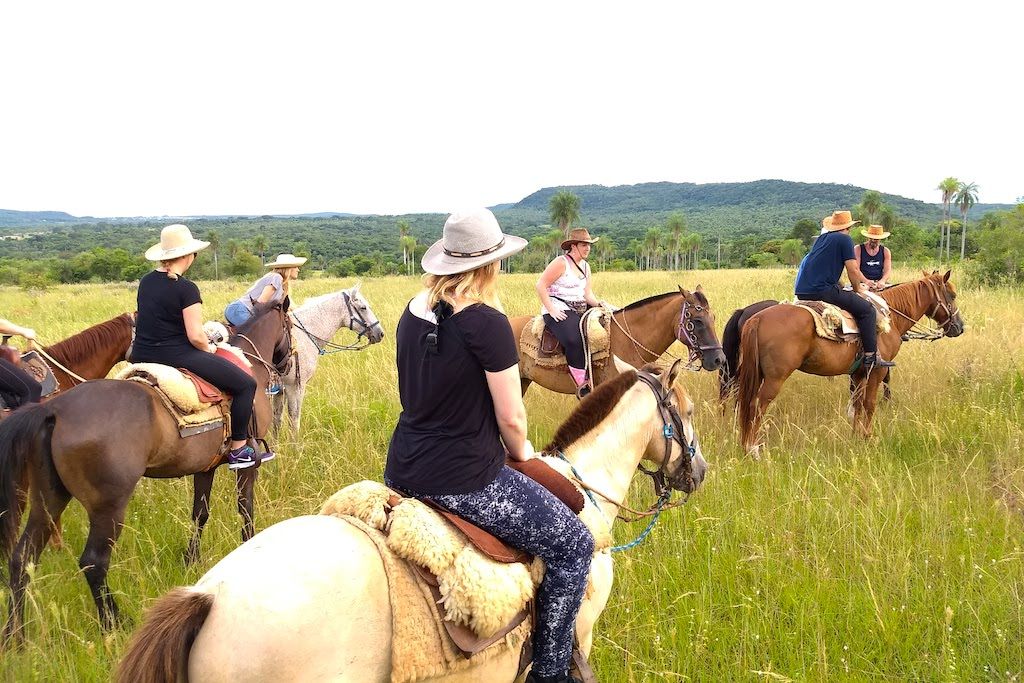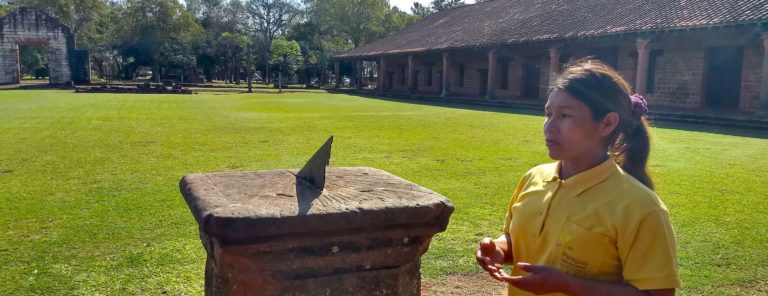
Local guide showing Jesuit sundial at San Cosme y Damian
Sites on the Jesuit Circuit
Discover the fascinating story of the Jesuit's presence in Paraguay.
Paraguay’s Jesuit Circuit consists of the Jesuit Ruins, as well as well-curated museums in towns that were former Jesuit reductions.
Jesuit Reducciones
At one point there were 30 missions (also called “reducciones” or communities) throughout the region. Today, there are three Reducciones with significant remains from the Jesuit period that can be visited in the Itapua region of Paraguay and one across the river in Misiones Argentina.
Start planning your trip
Our travel specialists are available to answer any questions and help you plan a personalized itinerary that suits your interests and travel style.
Contact us at
+1.612.598.7507
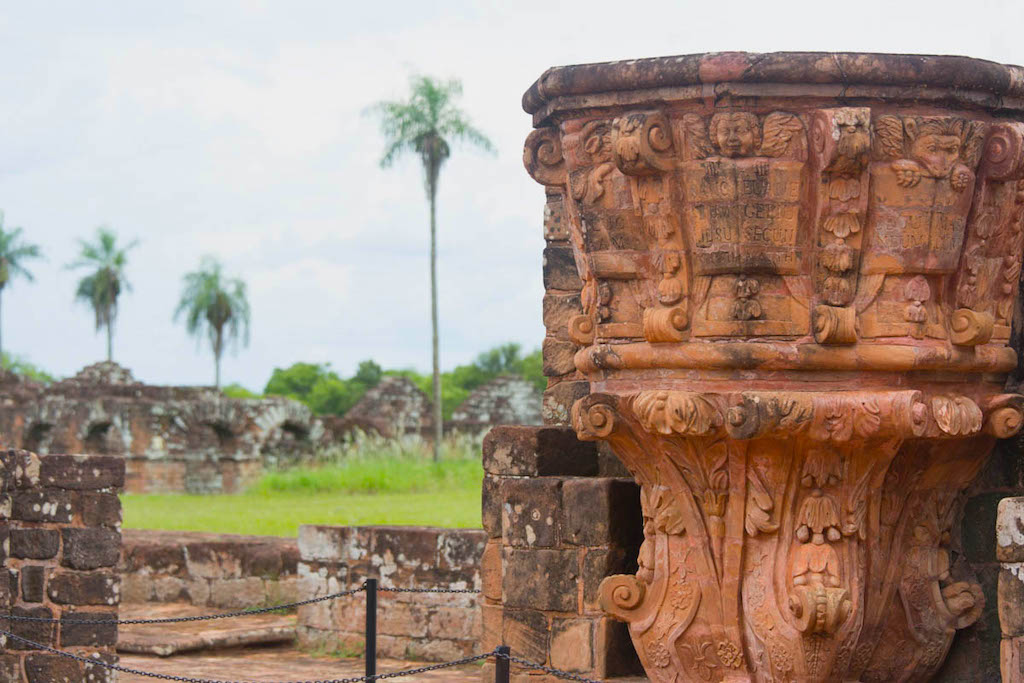
Santísima Trinidad del Paraná (1706-1767) - UNESCO Heritage Site
Trinidad mission has the biggest built temple among all the Jesuit Missions, and nearly 4,000 Indian’s lived at the mission. The Trinidad ruins, the last of eight missions constructed in Paraguay, are one of the most well preserved.
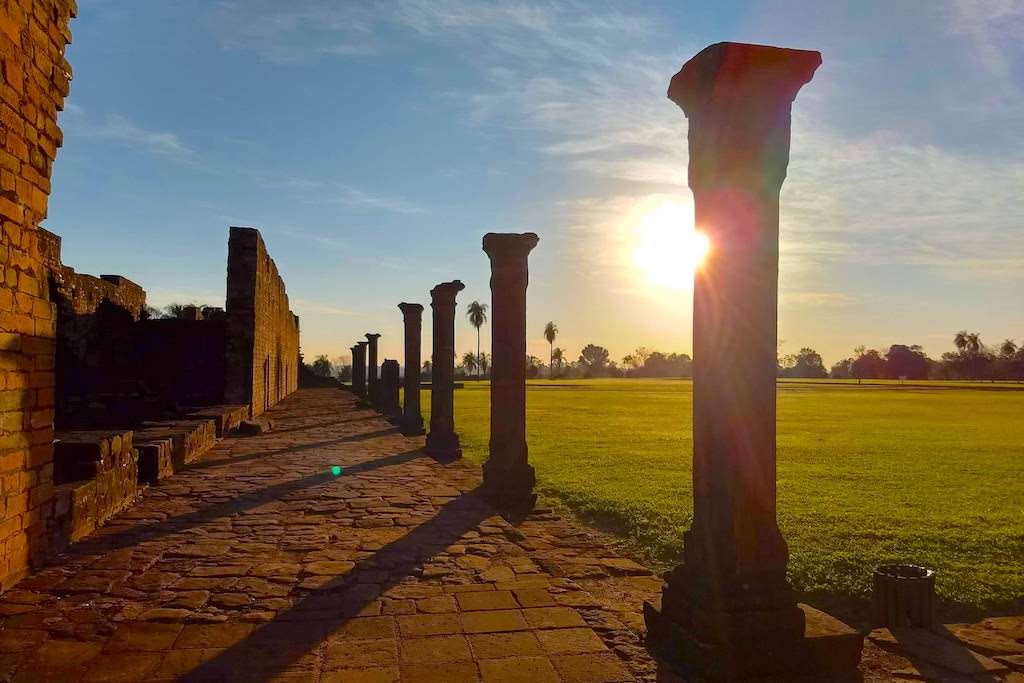
Jesús de Tavarangue (1760-1767) - UNESCO Heritage Site
The Jesus de Tavarangue mission would have featured one of the biggest churches of that time, a replica of the Sanctuary of Loyola in Spain, however construction was not completed before the Jesuits were expelled in 1767. The local people refer to it as Tavarangüe – "the town that never was".
Photo credit: Larkin Family tour
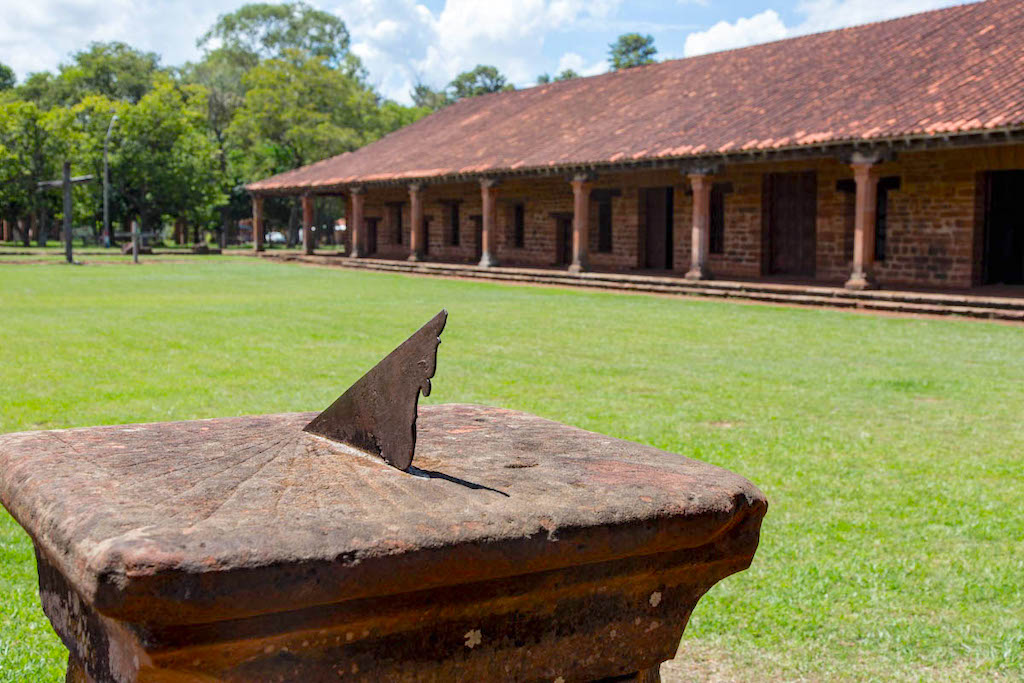
San Cosme y Damian (1632-1767)
In contrast to the other reductions, the church and buildings at San Cosme and Damian remained in use after the expulsion of the Jesuits and the same renovated church continues to be used by the community to this day. The buildings were constructed of wood and there are 22 images carved in wood on display, some retaining their original polychrome. At the Center for Astronomical and Planetary Interpretation, local guides provide interesting presentations about the Jesuit priest Father Suárez' astronomical projections, constellations of the southern hemisphere, and interpretations given to the stars and constellations by the Guaranis.
Photo credit: Bill Iverson
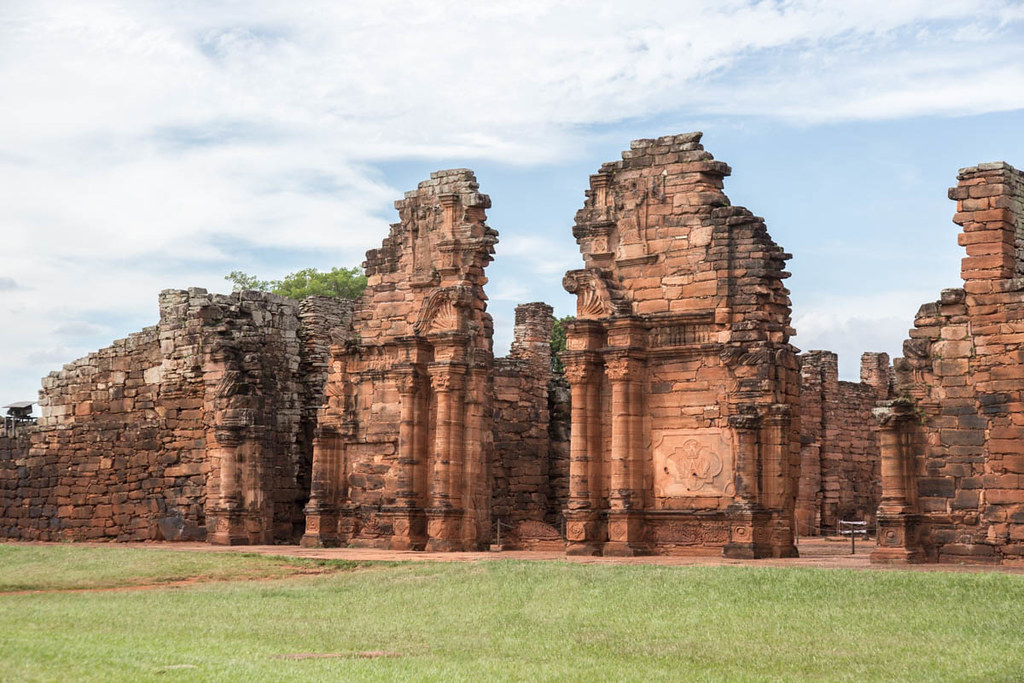
San Ignacio Mini - Argentina (1610) - UNESCO Heritage Site
Located across the river in Argentina, San Ignacio Mini is of the most emblematic Jesuit reductions in the Americas. San Ignacio Mini features the best restoration compared with other reductions in the region and features a museum that includes exhibits on the reductions in the 18th century, as well as the rediscovery and restoration projects in the 20th century.
Photo credit: Bill Iverson
Jesuit Towns and Museums
While visiting the remains of the Jesuit reductions is a highlight, visiting one or two of the museums, which house the art, sculptures and alters from the Jesuit reductions, provides an ideal experience.
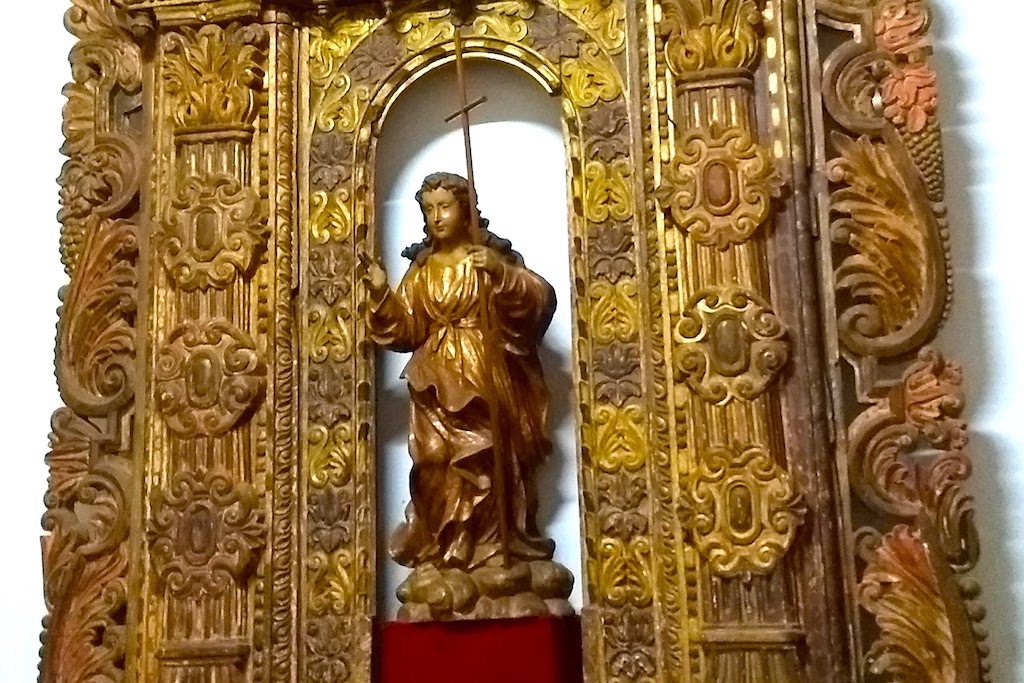
San Ignacio Guazú (1609-1647)
The first Jesuit reduction in Paraguay, San Ignacio is considered “Capital of the Hispanic-Guaraní Baroque." The Jesuit Museum, housed in one of the oldest remaining Jesuit constructions, has an impressive display of statues of saints, as well as documents from the first Jesuit mission in Paraguay.
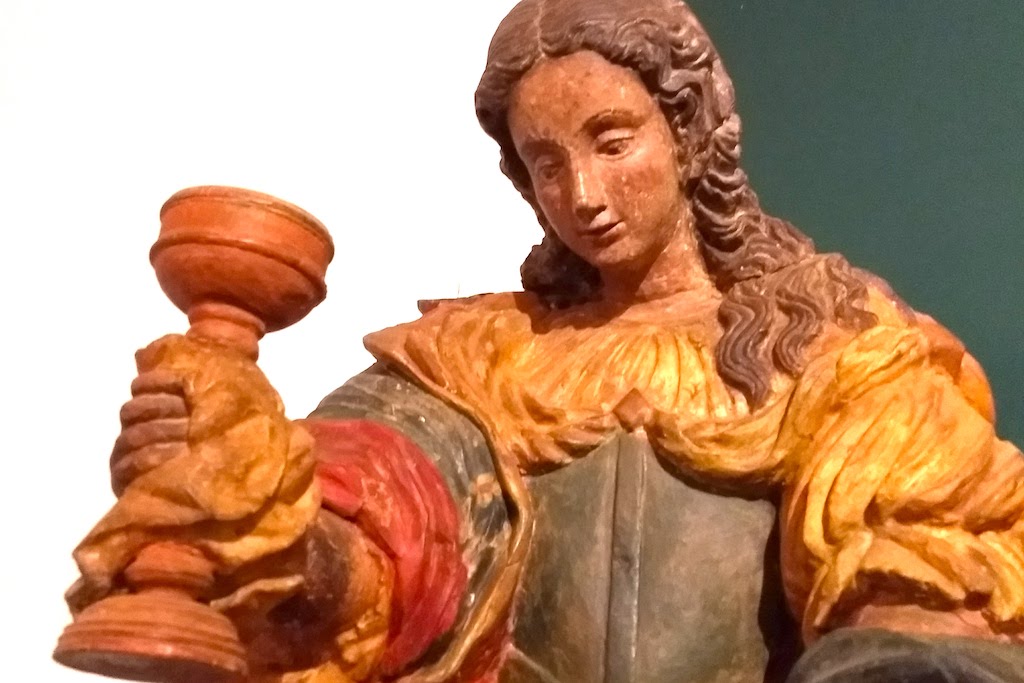
Santa Maria de Fe (1647–1767)
Santa María is a delightful village in the heart of the Paraguayan countryside. There is a wonderful museum with an original casa de indios (“house of Indians”) which has been beautifully restored and houses some 50 carved wooden statues, one of the few places these types of carvings can be seen. There is also a charming walking tour of the community. There is a boutique, four-room hotel managed by a local guide that will provide walking tours of the community and help you spot the families of howler monkeys that live in the plaza trees.
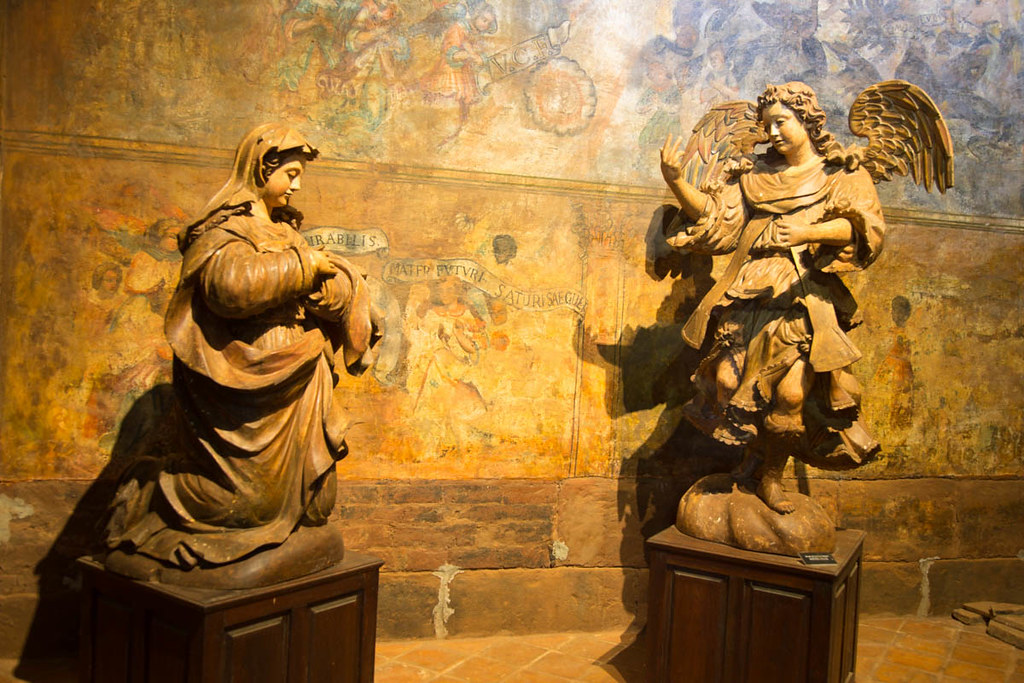
Santa Rosa de Lima (1698-1767)
The original church burned in 1883 and only the original bell tower was preserved and is still in use, as part of the newer temple built on the site. There remain some vestiges of the original church, including an original altarpiece, and an entire Indian house. The Chapel of Our Lady of Loreto houses artistic treasures such as frescoes painted on its walls and images carved in wood.
Photo credit: Bill Iverson

Santiago Apóstol (1669–1767)
One of the smallest missions, Santiago has preserved an original altarpiece wooden sculptures from the Jesuit period on display at the museum. Original indian houses from the reductions border the central plaza.
Photo credit: Ministry of Tourism

Encarnacion (1615–1703)
Although founded in 1615 by the Jesuit priest San Roque González de Santa Cruz, the first Paraguayan saint, there aren't any Jesuit attractions currently in Encarnacion. Today, Encarnación is a modern city primarily known for its beaches on the Paraná and Carnival celebrations.
Get Inspired... Explore More of Paraguay
Get inspired by browsing some the places to visit and activities that have consistently proven to be appealing for visitors to Paraguay.
Why travel with Trico Tours?
Authentic Cultural Experiences
We have a deep respect for local people, communities and cultures. In addition to must-see sites, we can also recommend unique and boutique sites that allow you to experience the true heart and soul of the culture.
Personal Attention
We treat all our guests like friends. We start with a conversation and create thoroughly-planned, custom itineraries tailored to your interests, pace, and travel styles.
Peace of Mind
Our travel specialists and guides are knowledgeable and highly engaged. We handle all the details and provide 24/7 support offer peace of mind that everything is taken care of and your trip runs smoothly.
We would love to hear from you.
Whether you are just exploring possibilities or are in the process of planning your travel, we are happy to have a conversation. (We are actually quite friendly.)

